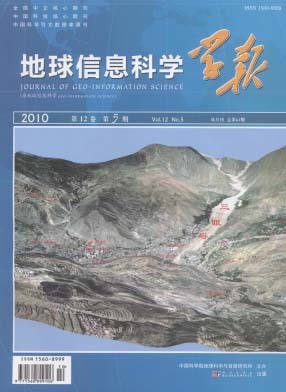ARTICLES
LIN Hui, CHEN Fulong, JIANG Liming, ZHAO Qing, CHENG Shilai
2010, 12(5): 718-725.
Large-scale Man-made Linear Features(LMLFs),resulting from nature remarking,have played an essential role in physical distribution and energy transportation.Though with a wide extension,those linear features primarily concentrate upon infrastructure field,including dams,bridges,highways,railways,metro-lines and pipes.As the development of spaceborne SAR technology,multi-baseline Differential SAR Interferometry(DInSAR) overcomes the spatial/temporal decorrelation and mitigates atmospheric effects in DInSAR procedures,revealing competent for large-area deformation measurement with millimetric-centimetric accuracy.This technology is capable of achieving temporal evolutions,which is significant for the stability management of observed features.In this paper,the LMLF's deformation phenomena,causes and derivative hazards are firstly described.After that,the multi-baseline DInSAR methods are applied for their ground deformation monitoring.Multi-source SAR data,including ENVISAT ASAR(Guangzhou),PALSAR(Lantau Island,Hong Kong),TerraSAR-X(Shenzhen),are used for experiments,the capabilities of the Permanent Scatterers(PS) method and Coherent Targets(CT) method are analyzed.The results demonstrate that,with different interferometric image pair combinations,the PS method is more suitable for the large number of SAR images because of the applied single reference image strategy,and vice versa.Generally,the wave penetrability and critical normal baseline increase with the wavelength.Therefore,when low coherent regions are encountered,the longer wavelength SAR data,such as L-band ALOS PALSAR,are preferred to generate high quality inteferograms,bringing about robust ground deformation results;in contrast,the short wavelength data are selected for high coherent areas,such as TerraSAR-X and ENVISAT-ASAR,to retrieve deformations with high accuracy.Taking the geometric and scattering characteristics of LMLFs into consideration,four viewpoints including thematic layers and GPS observation data,SAR images selection,PS candidates extraction and model improvement are discussed for deformation monitoring using multi-baseline DInSAR methods.Finally,from the experiments and analysis,one can conclude future works should be carried out especially in LMLF-oriented DInSAR model development.
